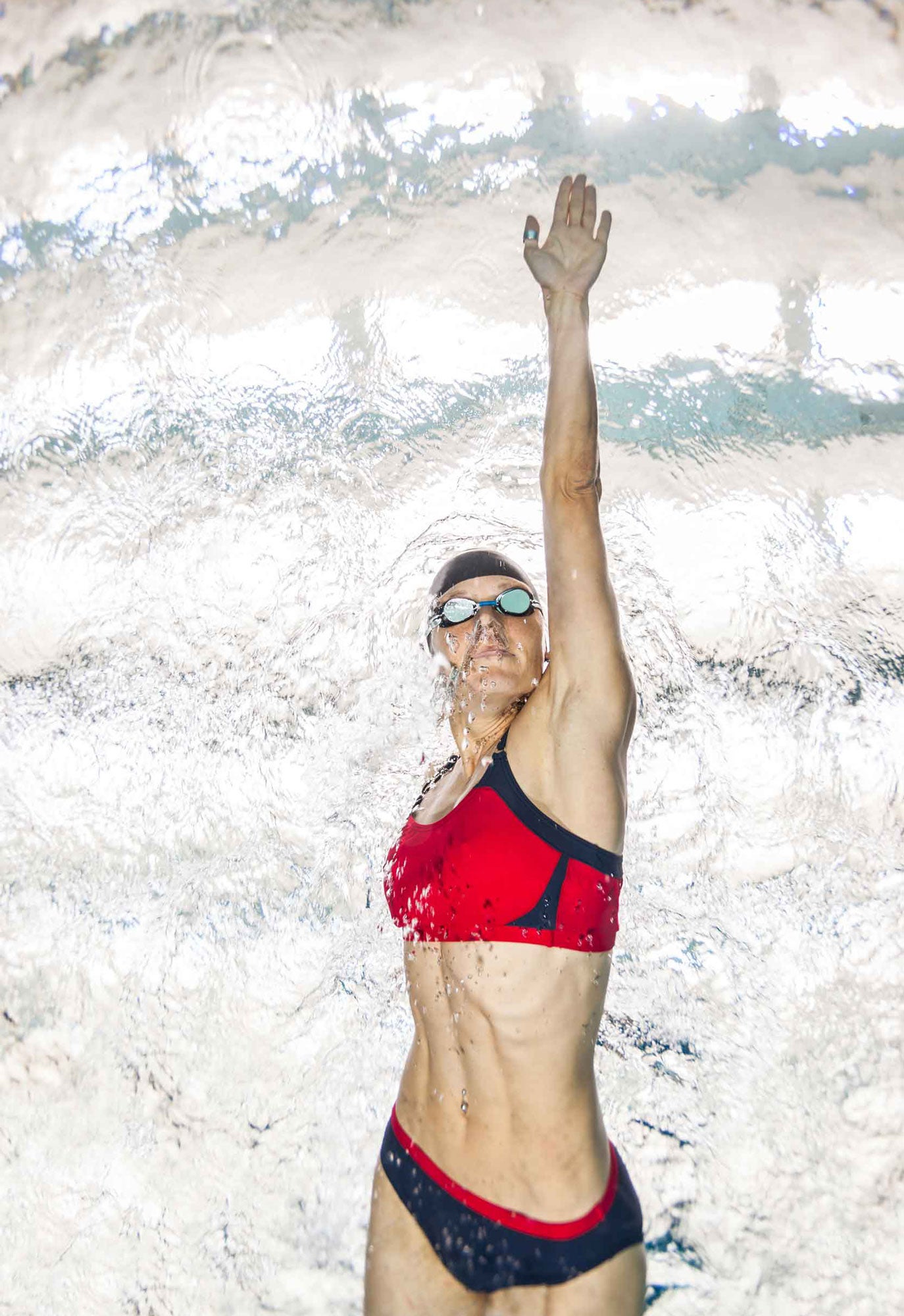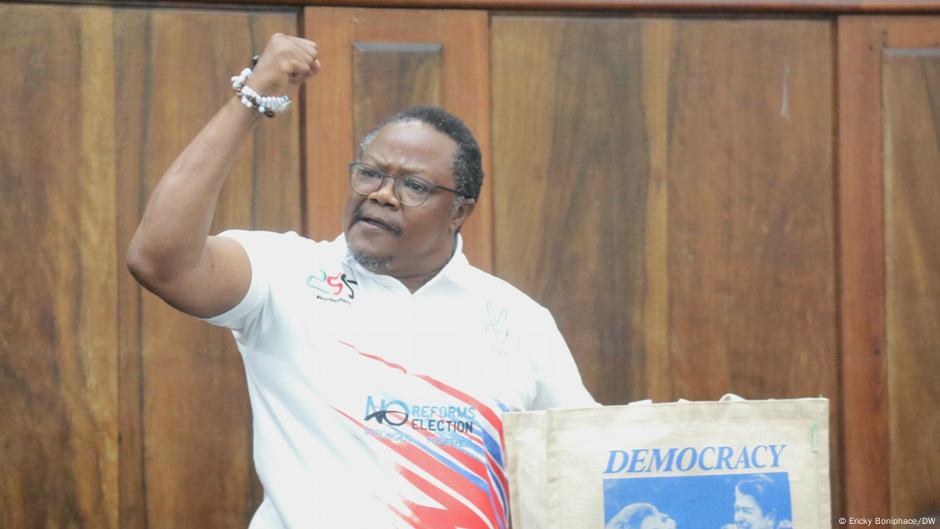Sex-specific differences in performance and pacing in the world’s longest triathlon in history – Nature

Report on Sex-Specific Differences in Performance and Pacing in the 2024 Triple Deca Iron Ultra-Triathlon
Executive Summary
This report analyzes the performance and pacing strategies of athletes in the historic 2024 Triple Deca Iron ultra-triathlon, an event covering 114 km of swimming, 5,400 km of cycling, and 1,266 km of running. The analysis focuses on sex-specific differences in performance across the three disciplines. The findings are framed within the context of the United Nations Sustainable Development Goals (SDGs), particularly SDG 3 (Good Health and Well-being) and SDG 5 (Gender Equality). The study reveals that while male athletes were faster in all segments, the performance gap varied significantly by discipline, offering nuanced insights into human endurance. Furthermore, the research underscores the importance of consistent pacing for overall success, contributing valuable knowledge to sports science and the promotion of healthy, active lifestyles.
1. Introduction and Alignment with Sustainable Development Goals
The study of ultra-endurance sports provides a unique lens through which to examine the limits of human physiology and the dynamics of athletic competition. The 2024 Triple Deca Iron ultra-triathlon, the longest official triathlon in history, presents an unprecedented opportunity to analyze performance data. This report synthesizes the findings from this event, with a significant emphasis on its contributions to several Sustainable Development Goals.
- SDG 3: Good Health and Well-being: By investigating endurance, pacing, and physiological limits, this research contributes to a deeper understanding of human health and the benefits of physical activity.
- SDG 5: Gender Equality: The core of this report is the analysis of performance differences between male and female athletes, providing critical data for the ongoing discussion about gender equality and equity in elite sports.
The primary objectives of this analysis were to investigate potential sex differences in performance and pacing strategies, hypothesizing that men would be faster overall but that pacing variability would also differ between sexes.
2. Methodology
The analysis is based on publicly available data from the 2024 Triple Deca Ultra Triathlon held in Desenzano del Garda, Italy. Of the 14 athletes who registered (10 men, 4 women), seven officially finished the race (4 men, 3 women). The study was conducted in accordance with the Declaration of Helsinki and received ethical approval with a waiver for informed consent due to the public nature of the data.
2.1. Data Analysis
Performance data, including split times for swimming, cycling, and running, were analyzed to assess performance differences, pacing strategies, and sex-based disparities. Key statistical methods included:
- Descriptive statistics (means, standard deviations).
- Coefficient of Variation (CV) to assess pacing variability.
- Kruskal-Wallis and Mann-Whitney U tests to identify significant differences between athletes and sexes.
- Linear regression analysis to explore the relationship between pacing consistency (CV) and final ranking.
This rigorous approach ensures the findings are robust, contributing to SDG 4 (Quality Education) by advancing scientific knowledge in sports physiology.
3. Key Findings and Performance Analysis
The analysis revealed significant differences in performance and pacing among the finishers, with clear distinctions between disciplines and sexes.
3.1. Overall Performance and Sex-Based Disparities (SDG 5)
Consistent with the initial hypothesis, male athletes achieved faster times in all three disciplines and overall. This finding contributes to the evidence base for SDG 5 (Gender Equality) by quantifying performance gaps in an extreme endurance context.
- Swimming (114 km): Men were, on average, 12.4% faster than women.
- Cycling (5,400 km): This discipline showed the largest sex difference, with men being 24.8% faster.
- Running (1,266 km): The performance gap was smallest in this segment, with men being 8.5% faster.
The overall fastest finisher was a male athlete with a total time of 862.59 hours. The data confirms that while a performance gap exists, its magnitude is highly dependent on the specific physical demands of each discipline.
3.2. Pacing Variability and Performance Consistency (SDG 3)
Pacing strategy was a critical determinant of final rankings, a key insight for SDG 3 (Good Health and Well-being) as it relates to energy management and physical sustainability over prolonged periods.
- High Variability in Cycling: The cycling segment exhibited the greatest pacing variability (higher CV), likely due to diverse strategies, endurance levels, and significant changes in altitude (~30,000 m total).
- Steady Pacing in Running: The running segment showed more consistent, even pacing (lower CV), with athletes who maintained steadier speeds achieving better overall results.
- Consistency Correlates with Rank: A negative correlation was observed between the coefficient of variation (CV) and final rank, indicating that athletes with more consistent pacing performed better. The most consistent athlete (lowest combined CV) was the 3rd placed woman, while the least consistent (highest combined CV) was the 4th placed man.
4. Discussion: Implications for Sustainable Development
The results of this study extend beyond sports science, offering valuable perspectives on broader societal goals.
4.1. Advancing the Dialogue on Gender Equality (SDG 5)
The finding that men outperform women in this ultra-endurance event is consistent with existing literature attributing such differences to physiological factors like muscle mass, strength, and aerobic capacity. However, the variation in the performance gap—largest in power-dependent cycling (24.8%) and smallest in endurance-focused running (8.5%)—provides a nuanced view. It highlights that discussions on gender equality in sports must consider the specific physiological demands of each discipline. This data challenges monolithic views of athletic performance and encourages a more informed, evidence-based approach to achieving equity in sports.
4.2. Promoting Health, Well-being, and Human Potential (SDG 3)
Analyzing athletes competing at the edge of human endurance provides critical insights into physiology, fatigue resistance, and the importance of strategic energy management (pacing). The conclusion that steadier pacing correlates with better outcomes has practical applications for athletes and coaches. More broadly, showcasing such incredible feats of human endurance can inspire community-level participation in physical activity, contributing to the overarching goal of promoting healthy lifestyles for all ages.
4.3. Fostering Global Partnerships for Knowledge (SDG 17)
This research was conducted by a diverse, international team of authors from institutions in Switzerland, Brazil, Portugal, Greece, France, Serbia, and Kuwait. This collaboration exemplifies SDG 17 (Partnerships for the Goals), demonstrating how global cooperation is essential for advancing scientific knowledge and addressing complex questions about human performance.
5. Conclusion
The analysis of the world’s longest triathlon confirms that significant sex-specific differences in performance persist in ultra-endurance events, with men achieving faster times across swimming, cycling, and running. The magnitude of this difference varies by discipline, being most pronounced in cycling and least in running. Critically, performance consistency, or even pacing, emerged as a key factor for success, particularly in the running segment. These findings not only provide valuable data for athletes and coaches but also contribute meaningfully to the Sustainable Development Goals by advancing our understanding of gender equality in sports (SDG 5) and the incredible potential of human health and well-being (SDG 3).
1. Which SDGs are addressed or connected to the issues highlighted in the article?
SDG 3: Good Health and Well-being
- The article contributes to the body of knowledge on human physiology and endurance, which is integral to understanding and promoting health and well-being. It explores the limits of physical performance in ultra-endurance sports, providing insights into exercise science. The discussion on psychological aspects, such as motivation and mental toughness, also connects to the well-being component of this goal.
SDG 5: Gender Equality
- This is the most central SDG in the article. The entire study is designed to analyze the “sex differences in performance and pacing” in an ultra-triathlon. It directly addresses the ongoing debate about performance gaps between men and women in sports, examines participation rates (10 men vs. 4 women), and quantifies performance differences, which are all key aspects of monitoring and understanding gender equality in the public sphere of elite sports.
2. What specific targets under those SDGs can be identified based on the article’s content?
SDG 3: Good Health and Well-being
-
Target 3.4: By 2030, reduce by one third premature mortality from non-communicable diseases through prevention and treatment and promote mental health and well-being.
- The article supports this target by studying extreme physical activity, a key component of a healthy lifestyle for preventing non-communicable diseases. Furthermore, it references psychological factors in endurance sports, such as “psychological coping, life meaning, goal achievement and self-esteem,” which aligns with the promotion of mental health and well-being.
SDG 5: Gender Equality
-
Target 5.1: End all forms of discrimination against all women and girls everywhere.
- The article provides data to analyze potential inequalities in sports. By quantifying the performance gap, such as men being “faster in swimming (12.4%), cycling (24.8%) and running (8.5%),” it highlights disparities. While not explicitly labeling it as discrimination, this data is crucial for identifying and addressing the systemic barriers and physiological differences that contribute to such gaps.
-
Target 5.5: Ensure women’s full and effective participation and equal opportunities for leadership in all levels of decision-making in political, economic and public life.
- The article directly relates to this target by examining women’s participation in a high-profile public event. The data shows unequal participation: “A total of 14 triathletes (10 men and 4 women) signed in.” Analyzing the number of female versus male participants and finishers is a direct measure of women’s participation in this sphere of public life.
3. Are there any indicators mentioned or implied in the article that can be used to measure progress towards the identified targets?
For Target 3.4 (Promote health and well-being)
- Implied Indicator: Analysis of human physical and psychological performance in extreme sports. The article’s detailed breakdown of performance times, pacing variability (Coefficient of Variation), and references to psychological studies on athletes serve as qualitative and quantitative data for understanding and promoting well-being through physical activity.
For Target 5.1 (End discrimination)
- Implied Indicator: Performance gap between men and women in elite sports. The article provides precise quantitative data for this indicator. For example, it states, “In swimming, men averaged 84.9 h, while women averaged 95.4 h, with an absolute difference of 10.5 h (12.4%). In cycling, men averaged 419.5 h, and women averaged 523.6 h, showing the largest sex difference of 104.1 h (24.8%).” These percentages are direct measures of the performance inequality.
For Target 5.5 (Ensure women’s full participation)
- Implied Indicator: Proportion of women participating in and completing elite sporting events. The article provides clear data for this:
- Participation Rate: 4 out of 14 registered athletes were women (28.6%).
- Finisher Rate: 3 out of 7 official finishers were women (42.8%).
This data directly measures the level of female participation in this specific ultra-endurance event.
4. Table of SDGs, Targets, and Indicators
| SDGs | Targets | Indicators Identified in the Article |
|---|---|---|
| SDG 3: Good Health and Well-being | 3.4: Promote mental health and well-being and reduce premature mortality from non-communicable diseases. |
|
| SDG 5: Gender Equality | 5.1: End all forms of discrimination against all women and girls everywhere. |
|
| SDG 5: Gender Equality | 5.5: Ensure women’s full and effective participation and equal opportunities in public life. |
|
Source: nature.com

What is Your Reaction?
 Like
0
Like
0
 Dislike
0
Dislike
0
 Love
0
Love
0
 Funny
0
Funny
0
 Angry
0
Angry
0
 Sad
0
Sad
0
 Wow
0
Wow
0



























;Resize=805#)



















































